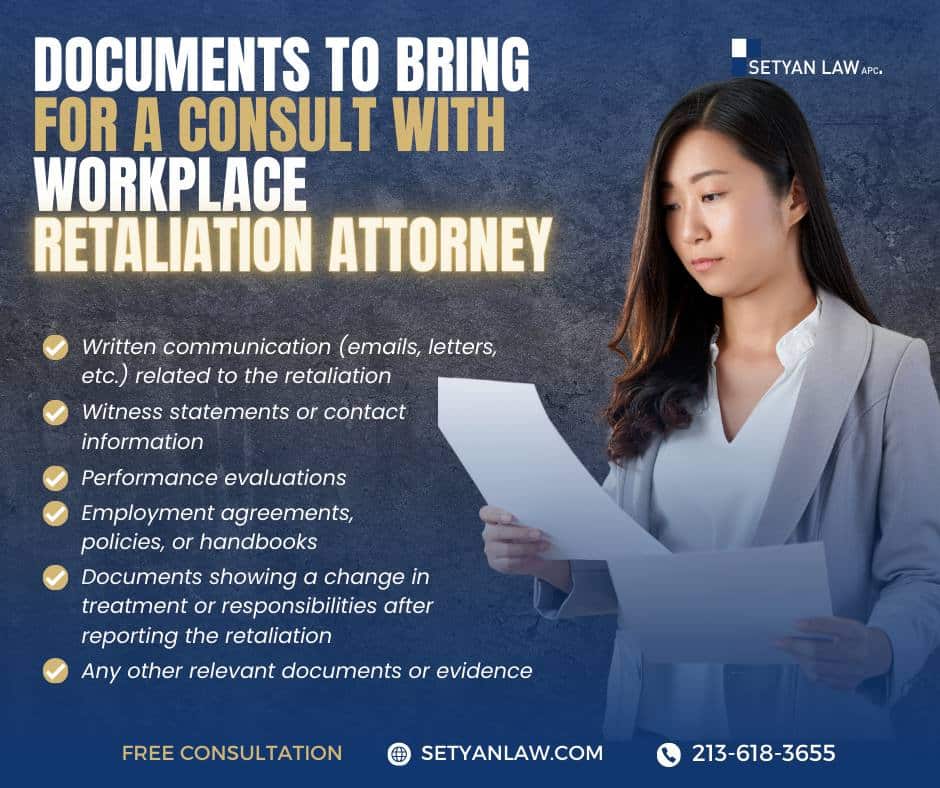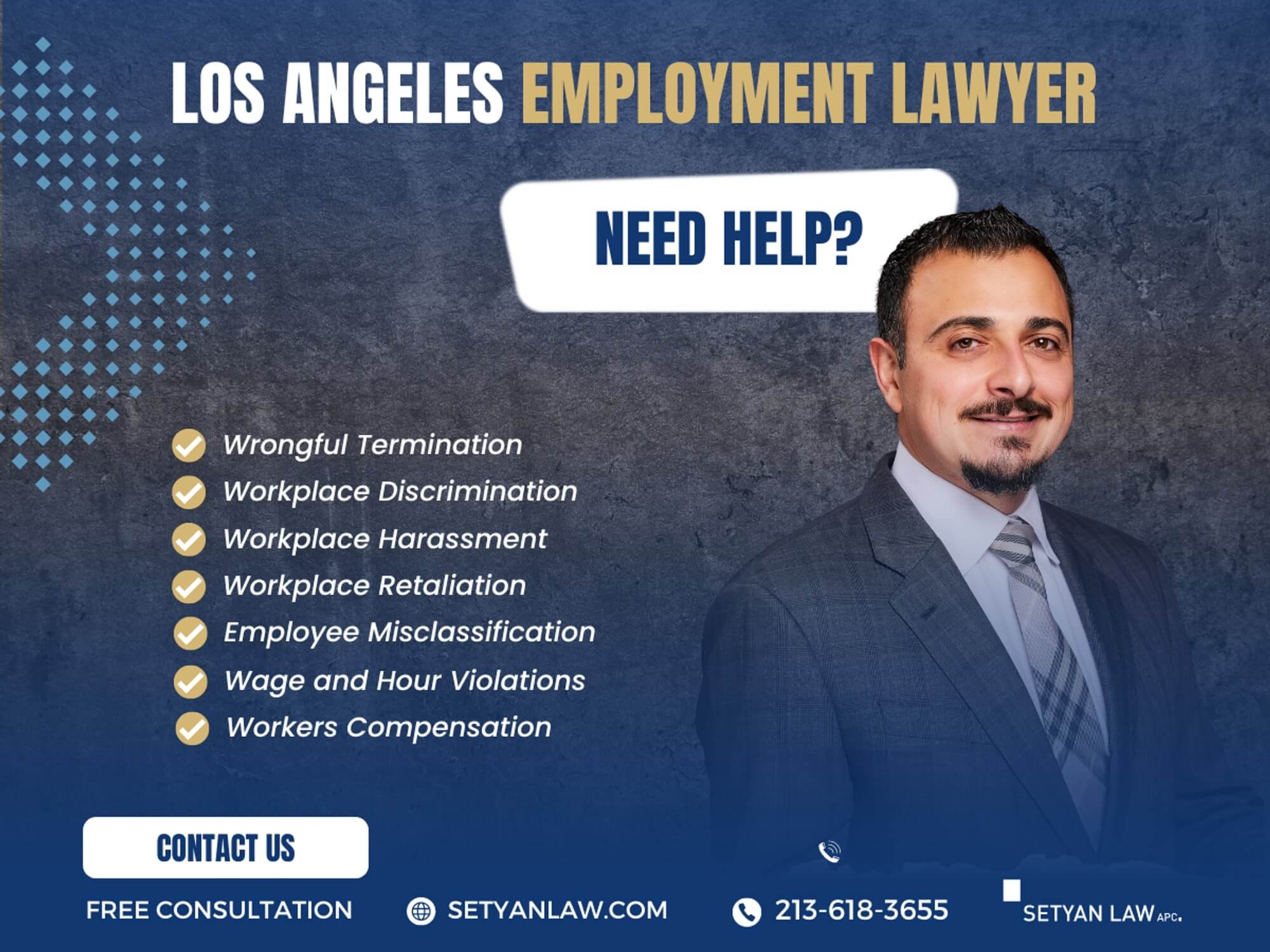Updated June 13, 2025
Understanding What Constitutes a Strong Retaliation Case
In the realm of employment law, retaliation is a serious issue that can have significant consequences for both employees and employers. When an employee engages in a legally protected activity—such as reporting discrimination, unsafe working conditions, or other illegal practices—they should not face adverse actions from their employer. Unfortunately, retaliation can manifest in various forms, making it crucial for employees to understand what constitutes a strong retaliation case. This article will explore the key elements that define a robust retaliation claim, providing insights and guidance for those who may find themselves in such a situation.
Defining Workplace Retaliation
Workplace retaliation occurs when an employer takes adverse action against an employee for participating in protected activities. These activities can include filing complaints about discrimination, participating in investigations, or reporting unsafe working conditions. Retaliation is illegal under various federal and state laws, including the Civil Rights Act and the Equal Employment Opportunity Act. Understanding the definition of retaliation is the first step in identifying whether you have a valid claim.
Key Characteristics of Retaliation
- Protected Activity: The employee must have engaged in a legally protected action, such as reporting misconduct or participating in an investigation.
- Adverse Action: The employer must have taken a negative action against the employee, which could include termination, demotion, or other punitive measures.
- Causal Connection: There must be a clear link between the protected activity and the adverse action taken by the employer.
Recognizing Protected Activities
To build a strong retaliation case, it is essential to identify what constitutes a protected activity. Employees are protected when they:
- Report discrimination or harassment.
- Participate in investigations related to workplace misconduct.
- File complaints with regulatory agencies.
- Refuse to participate in illegal activities.
Engaging in any of these actions should not result in retaliation from the employer. If you believe you have faced negative consequences after participating in a protected activity, it may be time to explore your legal options.
Identifying Adverse Employment Actions
Not every negative experience at work qualifies as retaliation. For an action to be considered retaliatory, it must be materially adverse, meaning it would deter a reasonable employee from engaging in protected activities. Common examples of adverse actions include:
- Termination: Losing your job after reporting misconduct.
- Demotion: Being reassigned to a lower position or reduced responsibilities.
- Pay Cuts: Experiencing a decrease in salary or benefits.
- Hostile Work Environment: Facing harassment or exclusion from workplace activities.
Understanding what constitutes an adverse action is crucial for establishing a strong retaliation claim.
Establishing Causal Connection
One of the most challenging aspects of a retaliation case is proving the causal connection between the protected activity and the adverse action. This connection can often be established through:
- Timing: A close temporal relationship between the protected activity and the adverse action can suggest retaliation. For example, if an employee is terminated shortly after filing a complaint, this may indicate a retaliatory motive.
- Comments or Behavior: Statements made by supervisors or changes in treatment following the protected activity can serve as evidence of retaliation. For instance, if a manager expresses resentment towards an employee for reporting misconduct, this may strengthen the case.
Documenting Evidence
To support your claim, it is essential to document any relevant evidence. This can include:
- Emails or written communications that reference the protected activity.
- Performance reviews before and after the adverse action.
- Witness statements from colleagues who observed retaliatory behavior.
The more evidence you can gather, the stronger your case will be.
Understanding Employer Defenses
Employers may attempt to defend against retaliation claims by providing legitimate reasons for their actions. Common defenses include:
- Performance Issues: Employers may argue that the adverse action was based on poor performance or misconduct unrelated to the protected activity.
- Policy Violations: Employers might claim that the employee violated company policies, justifying the adverse action.
However, if you can demonstrate that the employer’s reasons are merely a pretext for retaliation, you may still prevail in your case.
Legal Precedents and Examples
Legal precedents play a significant role in shaping retaliation claims. Courts have established that employees are protected from retaliation even if they do not file formal complaints but merely participate in internal investigations. Familiarizing yourself with notable cases can provide insight into how courts evaluate retaliation claims and the types of evidence that have been successful in the past.
Steps to Take if You Suspect Retaliation
If you believe you have experienced retaliation, it is crucial to take action promptly. Here are steps you can follow:
- Document Everything: Keep a detailed record of incidents that may be related to retaliation, including dates, times, and descriptions of events.
- Consult an Attorney: Seek legal advice from an employment lawyer who specializes in retaliation cases. They can help assess the strength of your claim and guide you through the process.
- File a Complaint: Depending on the severity of the retaliation, you may want to file a complaint with the Equal Employment Opportunity Commission (EEOC) or your state’s labor board.
Taking these steps can help protect your rights and ensure that you are prepared to pursue a retaliation claim if necessary.
The Importance of Legal Representation
Navigating a retaliation case can be complex and emotionally taxing. Having skilled legal representation can significantly impact the outcome of your case. An experienced employment lawyer can help you:
- Evaluate the strength of your claim.
- Gather and organize evidence.
- Navigate the legal process and meet deadlines.
- Advocate on your behalf during negotiations or litigation.
Preventing Workplace Retaliation
Employers can take proactive steps to prevent retaliation in the workplace. This includes:
- Training: Providing training for employees and management on anti-retaliation policies and the importance of a respectful workplace.
- Clear Policies: Establishing clear policies regarding reporting misconduct and ensuring employees understand their rights.
- Open Communication: Fostering an environment where employees feel safe to voice concerns without fear of retaliation.
By implementing these measures, employers can create a healthier workplace culture and reduce the likelihood of retaliation claims.
Conclusion
Understanding what constitutes a strong retaliation case is essential for employees who have faced adverse actions after engaging in protected activities. By recognizing the key elements of retaliation—protected activities, adverse actions, and causal connections—employees can better navigate their rights and seek justice. If you believe you have been a victim of retaliation, it is crucial to document your experiences, consult with an attorney, and take appropriate action to protect your rights. Remember, you are not alone in this process, and legal support is available to help you through the challenges you may face.
Call Setyan Law at (213)-618-3655 to schedule a free consultation.







